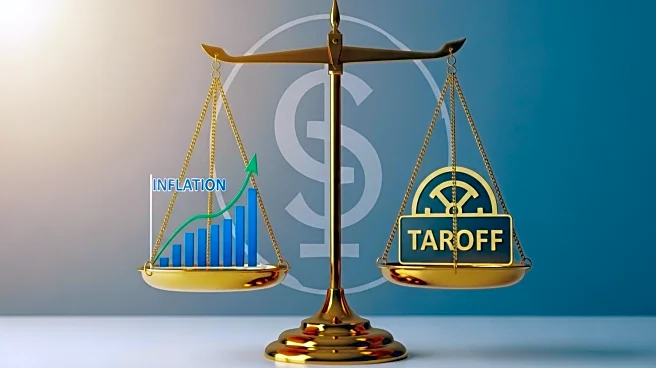What is the story about?
What's Happening?
Federal employees are facing significant decisions regarding their retirement planning, with key milestone ages playing a crucial role in shaping their financial security and health coverage. The 'Rule of 55' allows penalty-free withdrawals from Thrift Savings Plans (TSP) and 401(k)s for those who leave their job in the year they turn 55 or later. This rule is particularly beneficial for bridging income gaps before other retirement resources become available. Additionally, catch-up contributions for individuals aged 50 and older provide opportunities to boost retirement savings. The rules governing retirement accounts, Social Security, and Medicare are complex, necessitating informed and proactive planning.
Why It's Important?
Understanding these milestone ages is vital for federal employees to maximize their retirement benefits and financial security. The ability to make catch-up contributions and penalty-free withdrawals can significantly impact retirement savings, allowing individuals to better prepare for their post-employment years. These provisions offer strategic advantages, especially for those considering early retirement options. Staying informed about changes in retirement account rules and consulting with financial advisers can help employees tailor their retirement strategies to their specific needs, ensuring a stable and secure future.
What's Next?
Federal employees should continue to monitor changes in retirement account regulations and consider consulting financial advisers to optimize their retirement strategies. As they approach these milestone ages, they should evaluate their financial readiness and explore options for maximizing their benefits. Staying proactive and informed will be crucial in navigating the complexities of retirement planning and ensuring long-term financial security.
AI Generated Content
Do you find this article useful?














